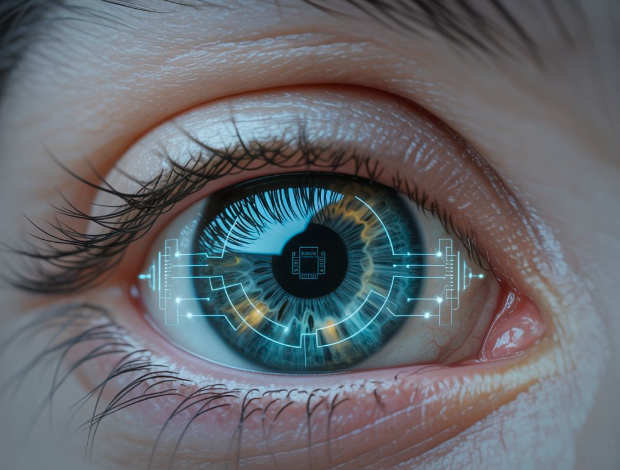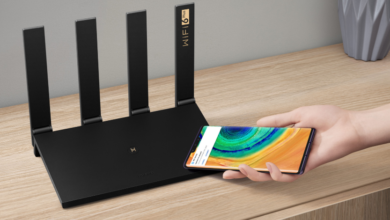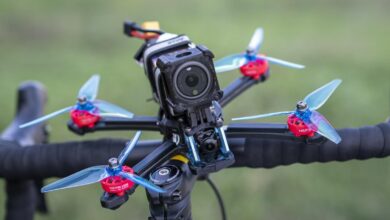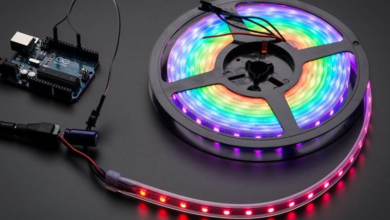How Liveness Detection Technology Is Combating Deepfake Threats

In an era where artificial intelligence can mimic human faces, voices, and even mannerisms, verifying a real human from a fake one has become a high-stakes challenge. Enter liveness detection technology, a powerful tool designed to ensure that the person on the other side of a screen is not just a real individual—but also present in real-time.
Whether it’s for unlocking your phone with facial recognition, verifying your identity during remote onboarding, or securing online banking, liveness detection is quickly becoming a cornerstone of digital security. As deepfake content grows more sophisticated, the need for deepfake detection and liveness verification has never been more urgent.
What Is Liveness Detection Technology?
Liveness detection technology is a biometric security measure used to determine whether a biometric sample (like a face, fingerprint, or voice) is being captured from a live human being, rather than a spoofed attempt using photos, videos, masks, or voice recordings.
There are two primary types of liveness detection:
- Passive liveness detection: Operates in the background without requiring user interaction. It analyzes data such as skin texture, lighting reflections, or micro-movements to assess whether a face is real and live.
- Active liveness detection: Requires the user to perform a specific action, like blinking, smiling, turning their head, or speaking a phrase. This makes it harder for spoofers to use static images or pre-recorded videos.
This technology has become essential for securing biometric systems, particularly as attacks grow more creative and complex.
The Deepfake Dilemma
Deepfakes are synthetic media generated using artificial intelligence, often through machine learning models like GANs (Generative Adversarial Networks). They can convincingly replicate a person’s appearance or voice, making it possible to impersonate someone with alarming accuracy.
While deepfakes started as entertainment or satire, their potential for misuse is deeply concerning. From political misinformation and celebrity hoaxes to financial fraud and identity theft, deepfakes pose a growing risk in the digital ecosystem.
That’s where deepfake detection and liveness detection technology converge. By combining traditional biometric verification with AI-driven anomaly detection, organizations can spot inconsistencies that indicate synthetic media.
How Liveness Detection Helps Combat Deepfakes
Liveness detection is uniquely positioned to identify the limitations of deepfakes. While a deepfake may look real to the human eye, it often struggles with subtle imperfections that liveness detection systems are trained to spot.
Here’s how liveness detection counters deepfake threats:
- Analyzing Micro-expressions: Deepfakes often fail to mimic the complexity of human micro-expressions—tiny involuntary facial movements. Liveness detection technology can catch these discrepancies.
- Texture and Reflection Analysis: Real human skin reflects light in a unique way. Liveness algorithms analyze 3D depth, skin texture, and natural movements to verify authenticity.
- Challenge-Response Prompts: Active liveness detection systems can issue unpredictable commands like “blink twice” or “turn your head to the left.” A pre-recorded deepfake video can’t adapt to these real-time challenges.
- Infrared and 3D Sensing: Some systems use specialized hardware like 3D cameras or infrared sensors to capture depth data, making it nearly impossible to spoof with 2D images or videos.
By integrating liveness detection into identity verification workflows, companies can drastically reduce their vulnerability to deepfake-driven attacks.
Use Cases in the Real World
- Financial Services: Banks and fintech companies use liveness detection to verify users during remote onboarding and to approve high-value transactions. This ensures that fraudsters can’t spoof someone’s identity using stolen photos or videos.
- Online Voting and e-Governance: Secure authentication is essential in digital democracy. Liveness checks help confirm that the voter is real and present during remote voting or accessing government portals.
- Healthcare: Telemedicine and remote patient monitoring systems rely on liveness detection to ensure that the patient on the screen is who they say they are—critical for privacy and compliance.
- Access Control: From unlocking smartphones to entering secure facilities, liveness detection ensures that only live, verified individuals can gain access.
- Content Moderation: Platforms are starting to deploy deepfake detection tools to flag manipulated media, ensuring a safer online environment. When paired with liveness verification, these tools can prevent the spread of synthetic content.
Challenges and the Road Ahead
Despite its promise, liveness detection technology faces several challenges:
- Adversarial AI: As detection systems evolve, so do spoofing techniques. Cybercriminals are using AI to create ever-more convincing spoofs, requiring detection tools to stay one step ahead.
- Privacy Concerns: Capturing biometric data raises privacy and ethical questions. It’s crucial for companies to implement strong data protection practices and comply with global regulations like GDPR.
- Hardware Limitations: Not all devices support advanced liveness detection methods, especially in lower-end mobile phones. This can create gaps in security coverage.
However, innovation in AI, computer vision, and real-time processing is rapidly improving the accuracy, speed, and accessibility of liveness detection systems.
Final Thoughts
As our digital interactions become more sophisticated, so do the threats we face. Deepfakes are no longer a futuristic concept—they’re a present-day reality. The good news is that liveness detection technology, paired with advanced deepfake detection, provides a powerful defense.
Organizations must take a proactive approach by integrating these technologies into their security frameworks. Whether you’re a fintech company, healthcare provider, or government agency, verifying that someone is real and live is now just as important as knowing who they are.
In the battle against synthetic identities and digital deception, liveness detection is not just a feature it’s a necessity.




